A 1978 "one-pager" describing the elaborate controls of the Ripper.
Document courtesy Fly Guitars

The Ripper was introduced by Gibson in 1973 as something new. This wasn't your old Gibson bass with a mahogany body and rear-mounted electronics. No, this was a new, more affordable instrument with an alder body and a laminated maple neck and electronics mounted on the pickguard (or scratchplate as it was sometimes called). The fretboard was either natural maple or ebony and the instrument that Gene got had the ebony fretboard. Considering that Gene later complained about the Grabber being too heavy the Ripper was hardly a step in the right direction, it weighed in at a hefty 8 lbs. But it was a higher end instrument than the Grabber and it had a set neck, something that we know Gene liked.
Another thing that set the Ripper apart from the Grabber were the electronics. The Ripper as a whole was designed by Bill Lawrence and he was behind the very elaborate pickups and controls as well. It was called the Q-system and it provided a veritable smorgasbord of tones via a four-positon chicken head "varitone" switch, a mid-range control, and a tone control. (Gibson even put out a demo vinyl record to illustrate the various tones the system was capable of.) Considering that Gene had just spent a couple of weeks in the spring of 1975 making the relatively straight-forward Grabber controls into an absolutely bare bones "I only need a volume knob", the choice of a Ripper seems a little odd. But in 1975 the options available to him through the Gibson deal were fairly limited. (He wasn't going to try the semi-hollow Les Paul Signature bass, that's for sure.)
The L9-S Ripper first shows up as a backup in Long Beach, California on May 31, 1975, and shortly thereafter it was part of the infamous White Room photo shoot for Norman Seeff.
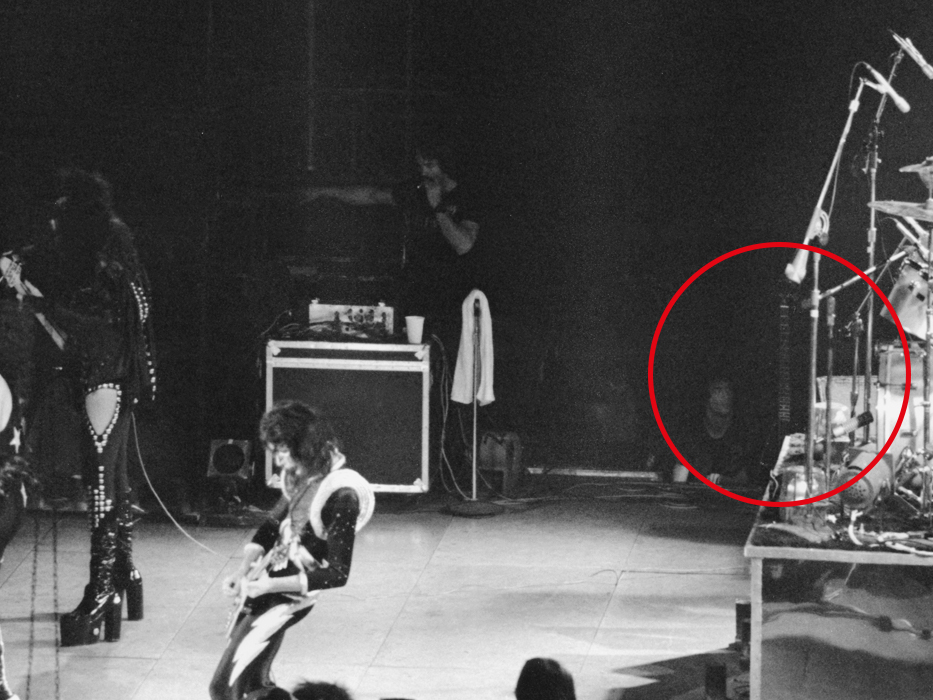
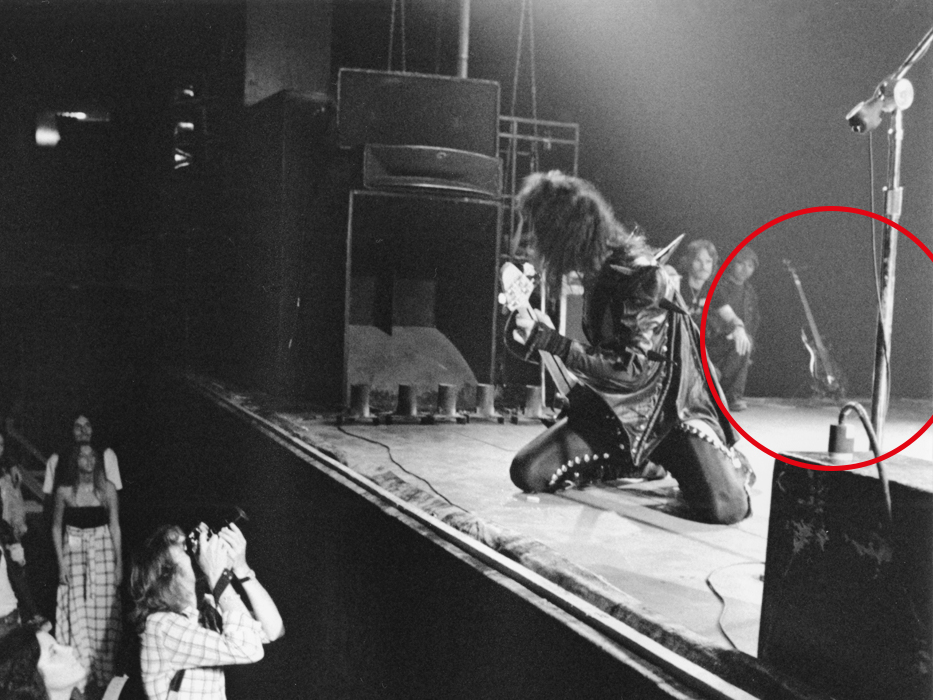
Judging by how the L9-S Ripper was initially used, it looks as if Gene was trying it out to see how it felt. It made its way on stage for the first time on June 15 but for the recording dates for Alive! Gene stayed with the Grabber right up until the very last show they recorded in Wildwood, New Jersey on July 23, 1975.


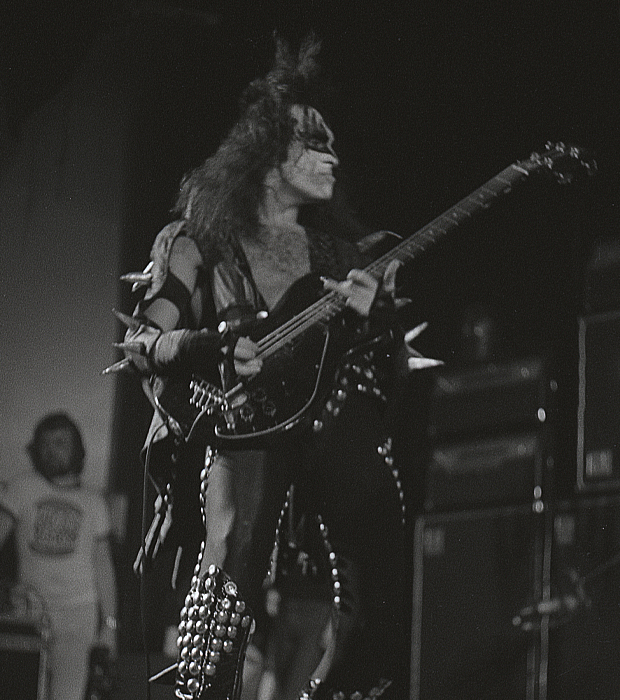
The Ripper soon "earned its stripes" and for the intermittent touring they did in August and September it had replaced the Grabber as Gene's number one.
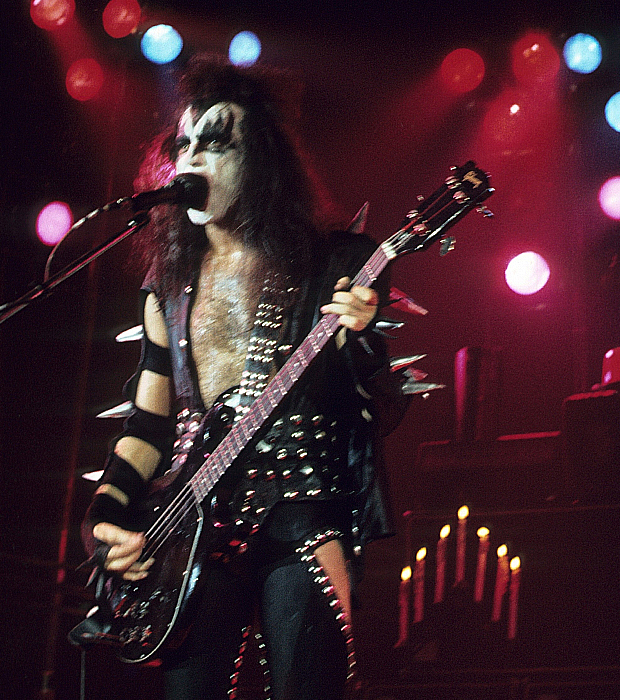
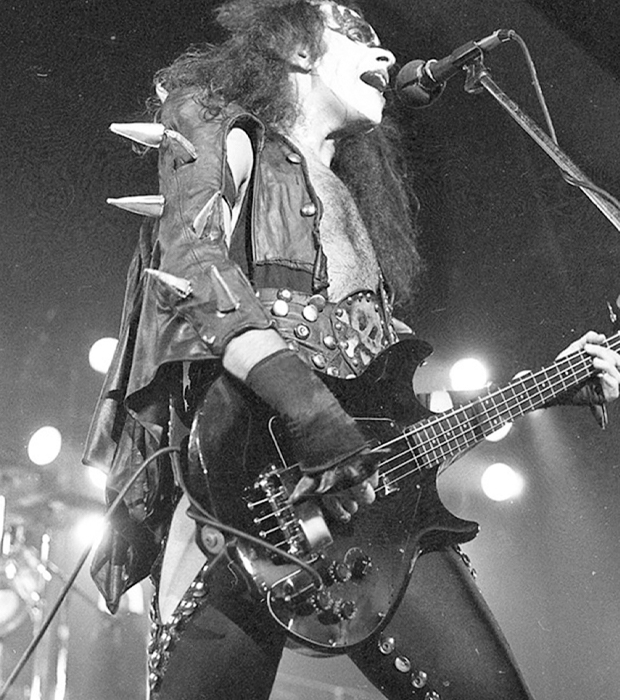

This holds true as the "proper" touring began in October of that year, until the custom LoBue made its return in November the Ripper is the bass that is most often seen on stage. It even stays in the rotation throughout the rest of the year as seen in the handful of photos below.
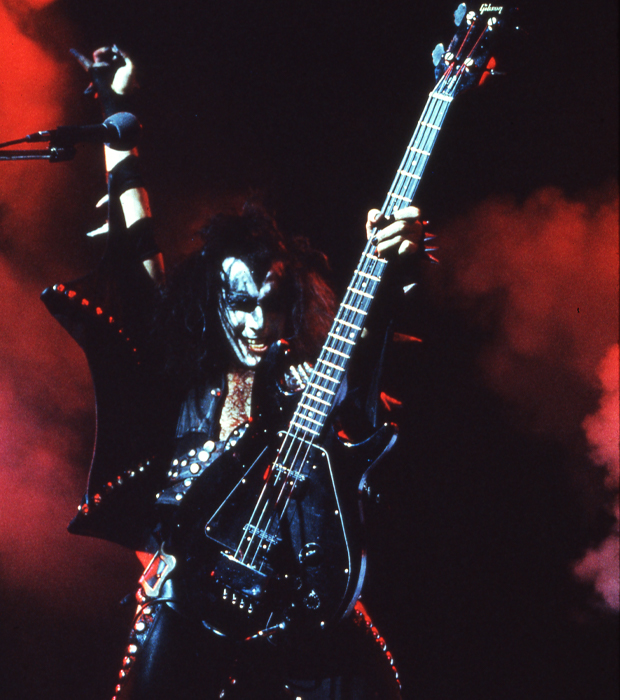
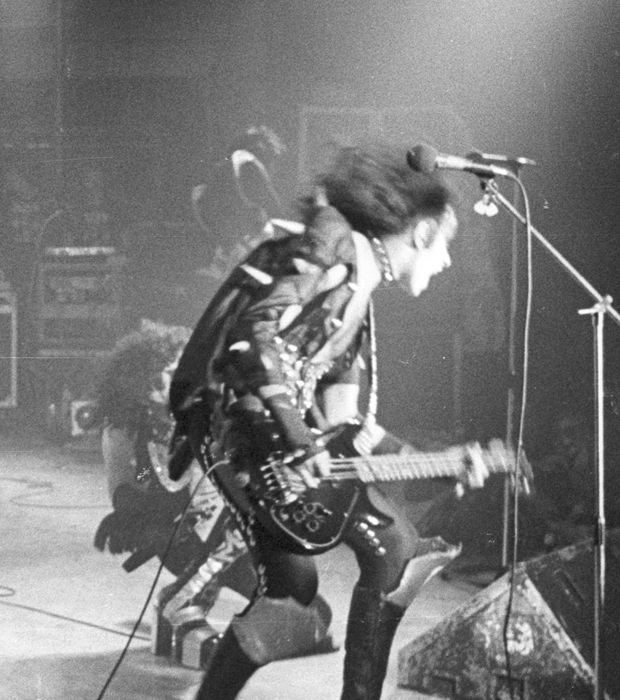
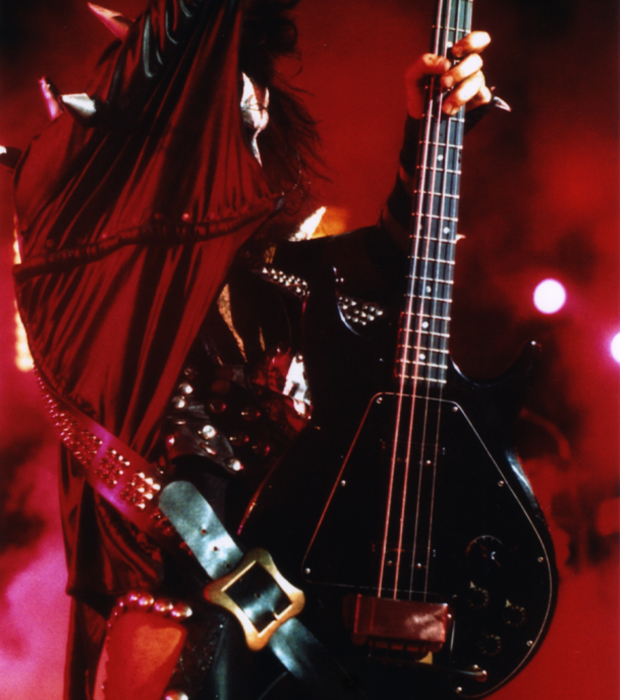
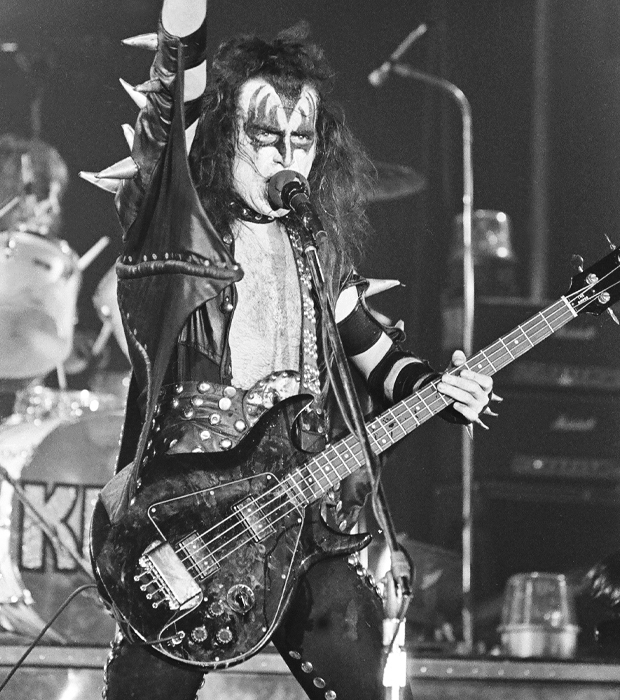


At the start of 1976 the band was occupied in the studio. Recording sessions for Destroyer began on January 4 and the band only played a handful of shows in January. Regular touring resumed in February. During these early months of the year the Ripper was absent and in its stead there had appeared the Gibson Les Paul Triumph (and, of course, the trusted old Gibson Grabber). But the Grabber seemingly fell out of favor in late March and for a brief period the Ripper took over backup duties. When the band resumed touring in April—after the briefest of rests—the Ripper even got on stage for at least one show. The Les Paul Triumph appears to be the only backup bass during the European Tour and most of the Destroyer Tour and the Ripper is nowhere to be seen in the few backstage photos we have from the summer.
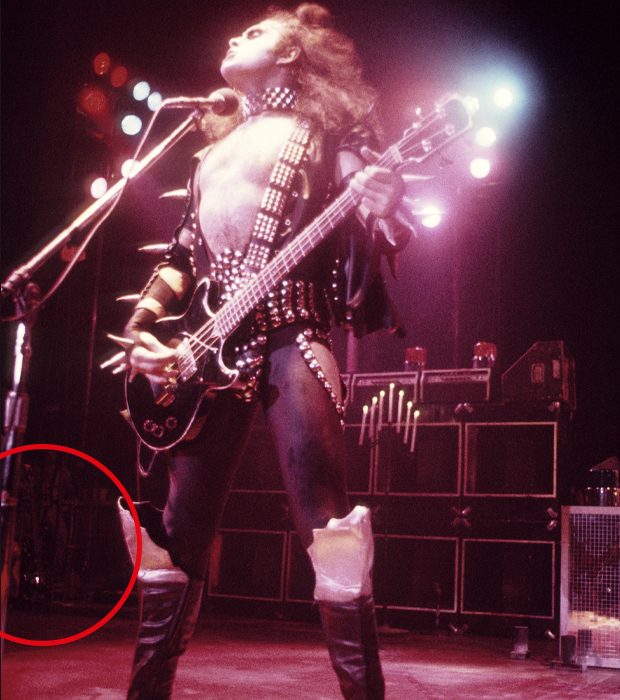


But it looks as if it wasn't discarded just yet. Even though the Gibson EB-0 was used during the tour rehearsals in mid-November—you've seen the "videos" they filmed—and we don't have any backstage photos showing the instrument lineup to say what basses Gene traveled with, there exists at least one photo from the 1976-77 Winter Tour in support of Rock And Roll Over that shows Gene using the Ripper.
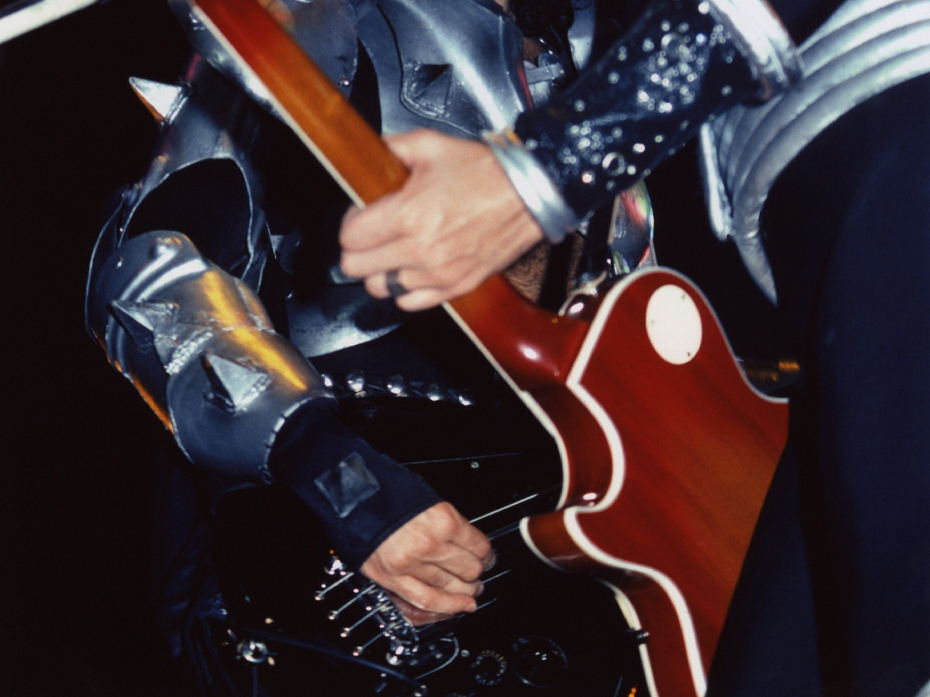
Fun closing fact on the Ripper, the three-point bridge could be strung two ways: either through the body or by securing the ball ends on the bridge itself. All the available photos show that Gene preferred the through-body version.